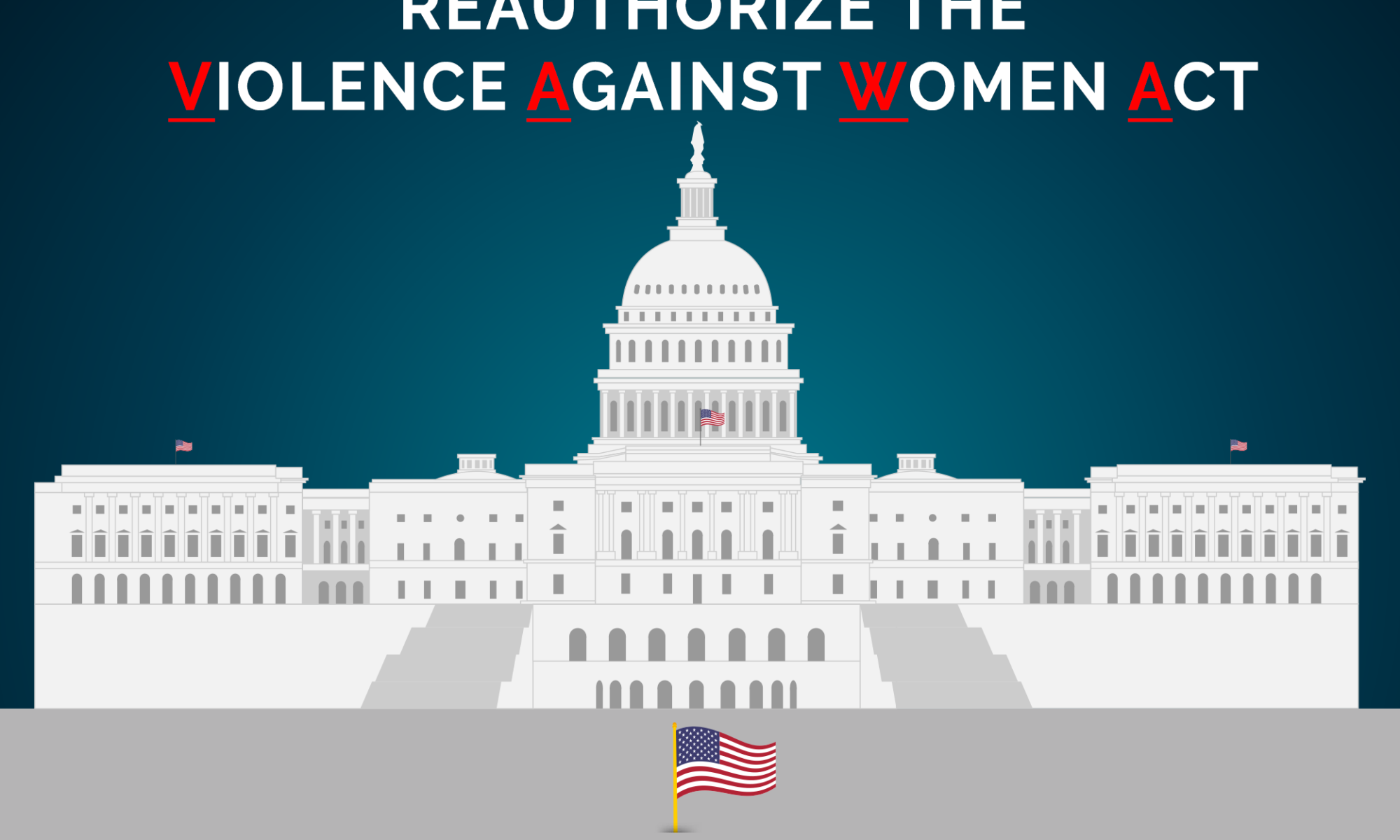Once you escape an abusive relationship and are finally free from domestic violence and / or sexual assault, you might have expected an immediate sense of relief. A deep relaxation and “breath of fresh air” because they have left a difficult and ugly past experience traded for a new, clean blank slate.
In reality, what many victims who leave an abusive relationship feel completely differently. Rather than peace and relief, they may feel anxiety and even guilt. Or, they may feel like they can feel nothing at all. While this is completely normal, it may be extremely surprising and difficult to deal with if you are an outside observer, or a friend or family member, or the former victim themself.
However, these types of emotions are completely normal. The reason for these seemingly puzzling reactions. Like grief, there are different stages of recovery from emotional and physical trauma, and not everyone reacts the same to similar situations.
Recovery from trauma is unique for everyone. While recovering, you might feel that because you aren’t instantly happy and relaxed, that you are “failing at recovery” and that this is due to a flaw you have. You may struggle with the fact that you can’t relate to how other people cope with recovery.
Stages of Recovery from Trauma
As early as the late 1800’s, psychologists started mapping out a framework of how people recover from trauma. In the 1990’s, this framework evolved into a three-stage model for understanding trauma recovery.
Stage One: Safety and Stabilization. After experiencing trauma, survivors feel unsafe in their own bodies and in relationships with others. Regulating their normal emotions is unexpectedly difficult. The survivor cannot usually associate this difficulty dealing with normal everyday emotion with their past traumatic experience. If this is the case, it may result in a prolonged period of time before the survivor can release their residual fear and regain a normal sense of physical and emotional safety.
Stage Two: Remembrance and Mourning. In this stage, survivors may begin to process the trauma. They can begin mentally and verbally build some meaning to what they feel emotionally. This stage is most often easier when a trained therapist or trauma recover therapist assists in it. This will help the survivor build structure and objectivity to their process. Additionally, survivors typically need to mourn all the losses they suffered during their trauma during this stage. A therapist or counselor provides support and guidance while survivors learn to allow themselves personal space, to express any emotions they need to express and to grieve.
Stage Three: Reconnection and Integration. This is the rebuilding stage. In Stage Three, survivors learn to recognize the impact and depth of the victimization they lived through. At the same time, they learn to accept that the past trauma no longer a defines them. They start to look at themselves from the perspective of meaningful relationships. They establish a new sense of self and work on building their own new future. That new future can take a multitude of different paths, but is no longer rooted in victimization and self-doubt.
Pitfalls to Avoid While Working Through Recovery
Many domestic violence survivors start recovery with overwhelming amounts of self-blame and confusion, They may be “emotionally beaten down” and unclear about who is “at fault” for the trauma they experienced in the abusive relationship. This may manifest itself in a feeling of frustration, depression and a sense of resignation. This stalls progress towards recovery.
Moreover, survivors have often been conditioned by their abusers to be passive in thought and action. Showing any resistance or anger could have literally put the survivor’s life at risk. Therefore, they are ill-equipped to develop anger over the injustice of their past trauma and reassigning blame to the appropriate party – the abuser. Key elements that survivors need to achieve recovery are to be able to reclaim their own voice, learn to let go of fear, and not be afraid of showing and feeling their own emotions.
Recovery Takes Time and Work
The hard truth is that recovery from trauma takes time. It doesn’t matter if the abuse lasted only a few months, or continued over decades, recovery doesn’t happen overnight. Truthfully, total recovery from the damage of abuse and trauma may never be attained. However, the severity of the trauma’s can be reduced substantially with help from trained professionals and belief in oneself. The good news is that ultimately, everyone truly does have what they need inside themselves to recover. It often just takes some help to get there.
The BIG “E”
As mentioned before, survivors must be able to reclaim their own voice, let go of fear, and show / feel their own emotions in order to progress toward recovery. These are all aspects of EMPOWERMENT. That is why VEST focuses on supporting current and former victims to achieve Empowerment. We believe that our concentration on helping people discover the power they have inside of them, positions them better to create the building blocks that are the foundation to recovery.
To read more about one woman’s recovery journey, CLICK HERE to see a recap of Nancy’s journey, originally published on psychcentral.com.








